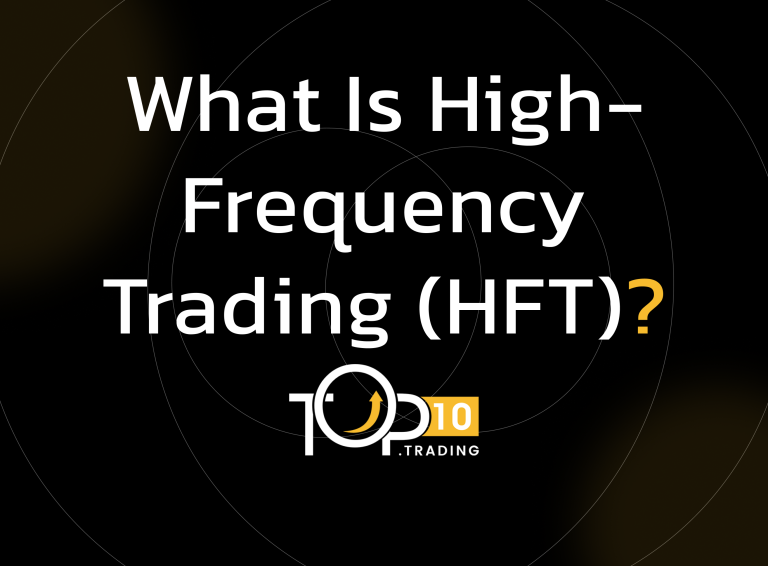High-Frequency Trading Definition

High-frequency trading (HFT) is a form of algorithmic trading characterized by extremely high speeds, very short-term investment horizons, and a large number of trades executed within fractions of a second. It uses powerful computers and sophisticated proprietary algorithms to analyze market data and execute orders at lightning-fast speeds, often competing to capitalize on tiny price discrepancies across multiple markets.
Key Takeaways
- High-frequency trading (HFT) is an automated trading strategy using powerful computers and algorithms to execute large volumes of trades at extremely high speeds.
- It profits from tiny price movements by rapidly entering and exiting positions, often within milliseconds.
- HFT contributes significantly to market liquidity and price efficiency but raises concerns about fairness and market stability.
- The strategy relies on co-location, low latency, and sophisticated quantitative models.
- While highly profitable for firms with advanced technology, HFT is controversial and subject to regulatory scrutiny.
How High-Frequency Trading Works
- HFT systems process vast amounts of financial data in real time, scanning multiple markets and exchanges simultaneously.
- They execute millions of orders daily, entering and exiting positions within seconds or milliseconds.
- The strategy aims to profit from very small price movements, often fractions of a cent, by leveraging high trade volumes.
- HFT firms typically do not hold significant positions overnight, minimizing exposure to market risk.
- Techniques include market making, statistical arbitrage, event arbitrage, and latency arbitrage.
- Co-location services—placing trading servers physically close to exchange servers—are used to reduce latency and gain speed advantages.
Key Characteristics of HFT
- High Speed: Trades are executed in milliseconds or microseconds.
- High Turnover: Massive numbers of trades with very short holding periods.
- High Order-to-Trade Ratios: Many orders are submitted and canceled rapidly.
- Short-Term Positions: Positions are opened and closed quickly, rarely held overnight.
- Sophisticated Algorithms: Complex quantitative models drive decision-making.
- Low Capital Usage: HFT firms do not accumulate large positions but rely on volume.
Benefits of High-Frequency Trading
- Increased Market Liquidity: HFT provides continuous buy and sell orders, tightening bid-ask spreads.
- Improved Price Efficiency: Rapid trading helps correct price discrepancies across markets.
- Reduced Transaction Costs: Narrower spreads benefit all market participants.
- Enhanced Competition: Encourages innovation and faster execution technologies.
Criticisms and Risks
- Market Volatility: HFT has been linked to increased short-term volatility, including events like the 2010 Flash Crash.
- Unfair Advantage: Critics argue HFT firms gain an edge over traditional investors due to superior technology and speed.
- Potential Market Manipulation: Some strategies may exploit market microstructure in ways that disadvantage others.
- Regulatory Concerns: Several countries have considered restrictions or bans on certain HFT practices.
Who Uses HFT?
- Large investment banks, hedge funds, proprietary trading firms, and institutional investors primarily employ HFT.
- Retail investors generally do not have access to the technology or infrastructure required.
- Understanding HFT is essential for grasping modern market dynamics, as it plays a major role in shaping liquidity, volatility, and trading behavior in global financial markets.
